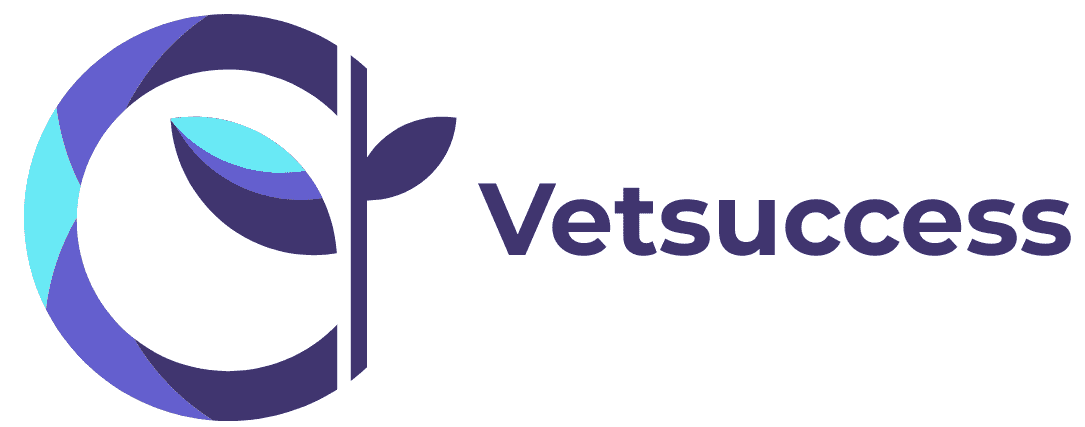Veterinary Pharmacology question bank-2
Hello vets , these are some important basic questions regarding veterinary Pharmacology, hope you enjoy it.
Refresh your memory....👍
veterinary Pharmacology
Questions Veterinary Pharmacology
- Plasma protein to which majority of drugs bind is ———
- ———– is the principal metabolic pathway for sulfonamide compounds
- Precursor of endogenous catecholamines in the body is——–
- Drug of choice in acute anaphylactic shock is ——
- OP compound that interact with both esteratic and anionic site of acetylcholine esterase is —–
- A racemic mixture of d-hyoscyamine and l-hyoscyamine is ——–
- What are soporifics?
- The term “Anaesthesia” was coined by ——
- Precursor of serotonin is ——
- What are endorphins?
- Species that require more amount of anaesthetics is——-
- The avian species in which procaine is contraindicated is —–
- In which breed of dogs thiobarbiturates are contraindicated?
- Paralysis of —— is a complication encountered in anaesthesia of Horse
- Which stage of anaesthesia is bypassed by barbiturates?
- Laryngyospasm during induction of anaesthesia is more common in ——-
- Specific treatment for malignant hyperthermia in Pigs caused by halothane is—–
- Oxidation of chloroform to phosgene can be prevented by adding —–
- Barbiturates are derivatives of ———–
- Oxytetracycline is obtained from ————
- ————— is a benzimidazole with antifungal property
- Primary mechanism of action of Mebendazole is inhibition of ——— by worms
- Wormicidal drug that can be given as immunomodulator at lower doses is ——-
- Two chemical components seen in Ivermectin are —– and ——–
- Drug active against immature stages of Fascioa hepatica is ———–
- Antidote for Cyanide poisoning was discovered by ———
- Organochlorine compound which does not accumulates in the body is ———-
- The enzyme in haeme synthesis which is inhibited by lead poisoning is ———
- Conium maculatum is better known as ———
- Dose of BAL in Arsenic poisoning in Large animals is ———–
- ——— is the metabolic product of Procaine
- Give an example of a specific COX-2 inhibitor
- Old Hen Test is used to detect ———— potential of Organophoshate compounds
- ——————- is a type of retinal degeneration caused by Bracken Fern Poisoning
- The specific antidote for Copper poisoning is ————
- Violent Dyspnoea “Thumping” is seen in pigs as a result of ———–
- Animal species to which Benzene Hexa Chloride is highly toxic is ——-
- Highly potent Organophosporous compound is ———
- The synergists that is added to pyrethroid compounds in order to enhance its effect is ——
- What are Burton’s Lines?
- Specific antidote for Nitrate poisoning is ———–
- Gentamicin, the aminoglycoside drug is obtained from ———
- The Fungal toxin that causes reproductive problems in sows is ——–
- The anti BP drug Atenolol belongs to which group of Antiarrythmic Agents ?
- Most potent H2 Blocker is ———-
- Most potent Local anaesthetic is———
- What does ” Utectic Mixture ” contain?
- The most potent of all the Aflatoxins is——
- Father of Pharmacology is ——
- Izoniazid and Ethambutol are the drugs used in the treatment of ——–
Solutions Veterinary Pharmacology
- albumin
- Acetylation
- phenylalanine
- epinephrine
- Echothiophate
- Atropine
- sleep inducers
- Oliver Wendell Holmes
- Tryptophan
- Endogenous analgesics
- Horse
- Parakeet
- Grey Hounds
- facial nerve
- Stage 2
- cats
- Dantrolene
- 1% ethanol
- Malonyl Urea
- Streptomyces rimosus
- Thiabendazole
- Glucose uptake
- Levamisole
- B1a and B1b
- Diamfenetide
- K K Chen
- Endosulfan
- Aminolevulinic acid dehydratase
- Hemlock
- 3mg/kg @ 4hr interval deep i/m
- PABA
- Cefocoxib
- Organo Phosphorous Induced Delayed Neurotoxicity
- Bright blindness
- D-penicillamine
- Gossypol poisoning
- cat
- Parathion
- Piperonyl Butoxide
- Blue line in gums in lead poisoning
- Methylene Blue
- Micromonosporum purpureum
- Zearalenone
- Class 2
- Famotidine
- Bupivacaine
- Prilocaine and Lidocaine
- B1
- Rudolf Bucheim
- Tuberculosis
You may also like this
👉 Question Bank -1
👉 Question Bank -2
👉 Question Bank -3
👉 Question Bank -4
👉 Question Bank -5
👉 Question Bank -6
👉 Question Bank -7
👉 Question Bank -2
👉 Question Bank -3
👉 Question Bank -4
👉 Question Bank -5
👉 Question Bank -6
👉 Question Bank -7
Please Share This
pathology question bank with answers .................
Do comment if you find error in the answers......



.png)
.png)


